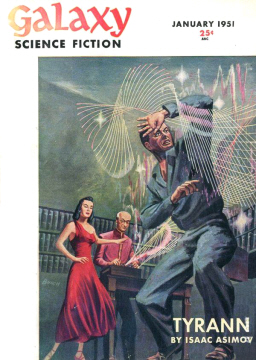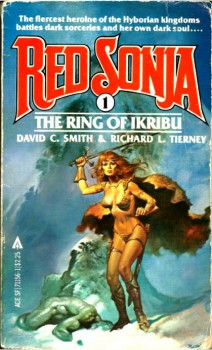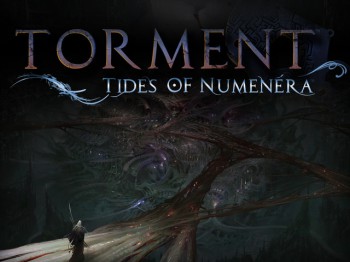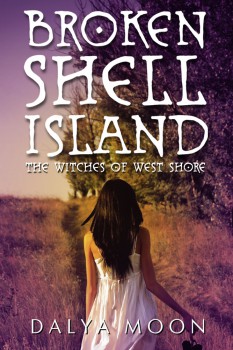Weird of Oz Reviews Showgirls, Teen Wolves, and Astro Zombies
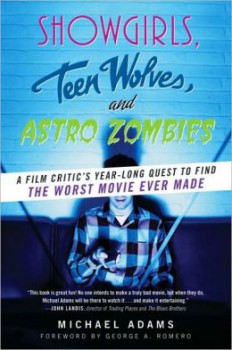 A non-fiction fad of the past decade has been for an author to do something outrageous for a year and then write a book detailing the experience. If you know someone who inexplicably stopped bathing for months, or who stopped shaving or cutting his hair, or who started eating all her food raw and communicating only with gestures and grunts, you may know someone who has embarked on living like a person in the Middle Ages, or like a caveman — with an eye, of course, to chronicling it all and cranking out a bestseller. Do them a favor and tell them it’s probably already been done. Writers like A.J. Jacobs (The Year of Living Biblically) have cornered the market on myself-as-the-story immersive or “stunt” journalism.
A non-fiction fad of the past decade has been for an author to do something outrageous for a year and then write a book detailing the experience. If you know someone who inexplicably stopped bathing for months, or who stopped shaving or cutting his hair, or who started eating all her food raw and communicating only with gestures and grunts, you may know someone who has embarked on living like a person in the Middle Ages, or like a caveman — with an eye, of course, to chronicling it all and cranking out a bestseller. Do them a favor and tell them it’s probably already been done. Writers like A.J. Jacobs (The Year of Living Biblically) have cornered the market on myself-as-the-story immersive or “stunt” journalism.
I’ve read a number of these “stunt books” by various authors; frequently they are entertaining page-turners, and they do offer interesting perspectives and provide some bizarre, oftentimes fascinating trivia. But I have also grown oversensitive to the tendency of some such writers to indulge in a bit of melodramatic self-pity: “For 200 days now I haven’t been able to [fill in the blank], and my wife is totally exasperated!” Yes, these folks put themselves through some crazy regimens of self-denial and eccentric behavior, but journalists have gone through far worse to get a story: try reporting from a war zone, for instance.
For his “stunt book,” Australian film critic Michael Adams undertook a task that puts him squarely on the radar of this blog: he decided to watch at least one bad film every day for a year in a quest to find the Worst. Film. Ever Made. Ever. As somewhat of a connoisseur of B- and Z-grade films, I eagerly picked up this comprehensive report from a fellow cinephile: Showgirls, Teen Wolves, and Astro Zombies (2010). So here, now, is a brief review of the bad-movie viewer…
